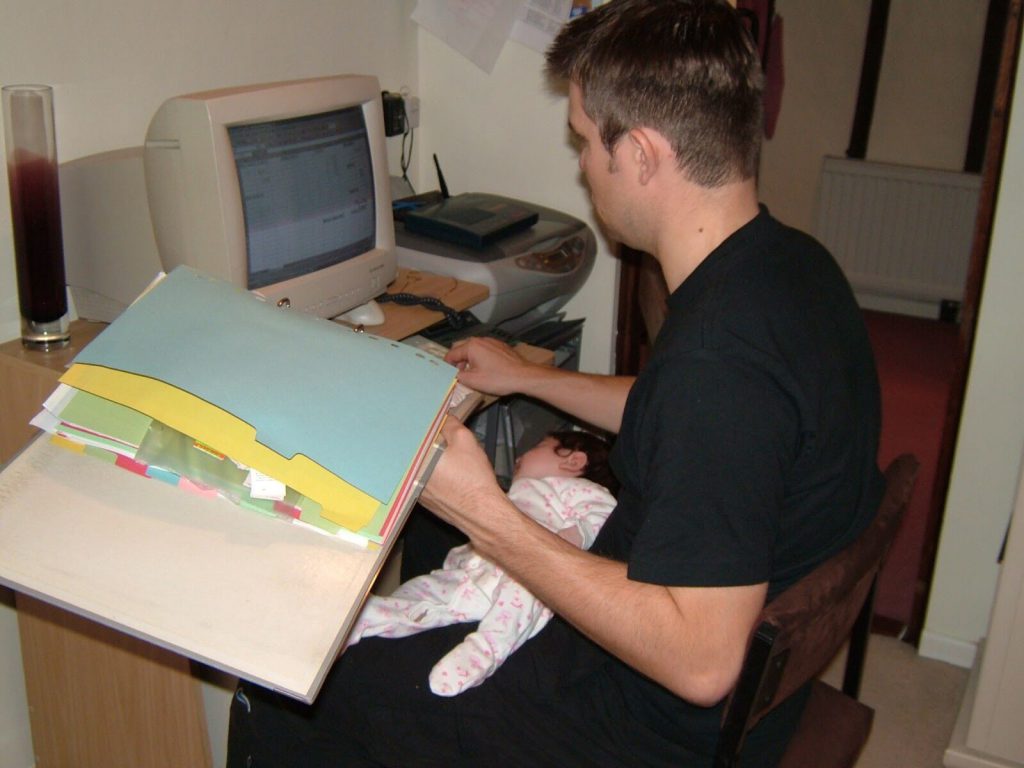As we move into December, the tax return season is now firmly upon us.
I “fondly” remember the outset of Self-Assessment in 1997 which brought about major changes to how tax returns were completed. Roll forward 20 years and accountants are starting to experience even bigger changes with the advent of Making Tax Digital.
In my view Self-Assessment was a great move by HMRC and really simplified the tax return process. Long gone were estimated assessments and endless reams of HMRC paperwork. After the first couple of years, accountants and clients knew where they stood, and the mad tax return rush started in December. For accountants, the time off over Christmas wasn’t the most enjoyable as you dreaded going back in January knowing what was to come, including mad dashes to the local office to deliver the final returns by hand before the 5.00 deadline on the 31st January. Late filing penalties were often charged as the paperwork received was incorrectly processed and proof had to be provided that the return was indeed received before the deadline. Fortunately, remote working had started to become possible and the picture above became a continuing theme in our household as every effort was made to ensure returns were filed on time – my daughter is now 12 – who says men can’t multi task!!






